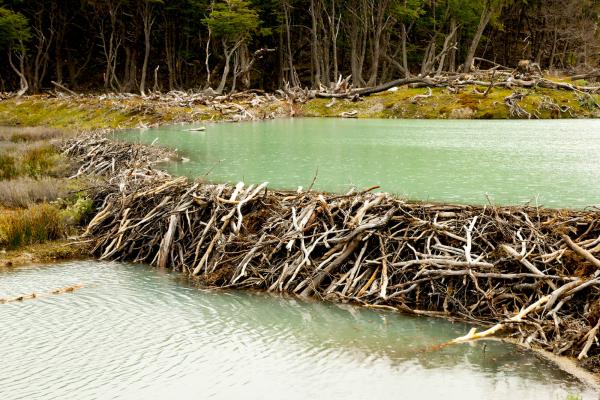IN THE REMARKABLE speech that God delivers beginning in Job 38—God’s longest soliloquy in the Bible, Old Testament or New—we hear of the mountain goat, the raven, the lioness, even the wonderfully silly ostrich, redeemed by her wild speed. But nothing of the beaver! Doubtless this is because Job, confined to the old world, had not come across Castor canadensis, and so God did not want to confuse him (Job was freaked out enough already). But if God had been aiming at a North American audience, there is no doubt the beaver would have starred in the account, because there may be no finer creature under heaven.
Read the Full Article

Already a subscriber? Login
